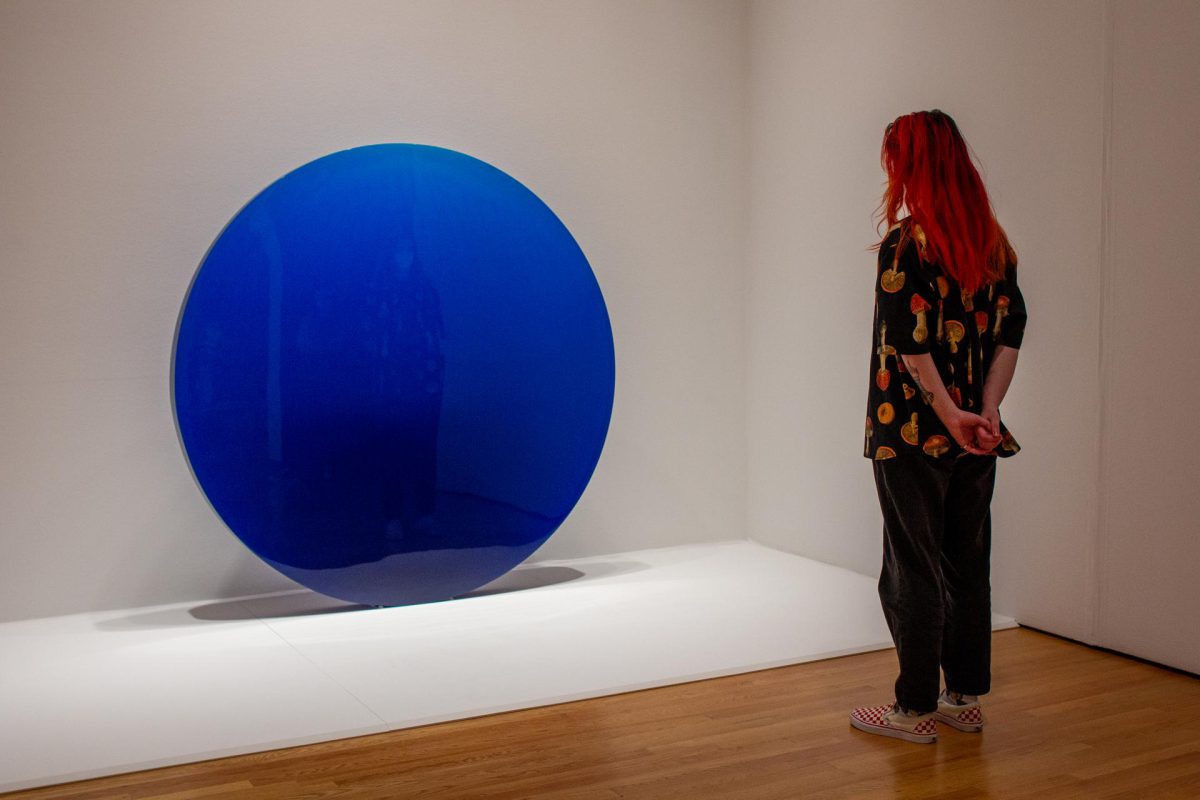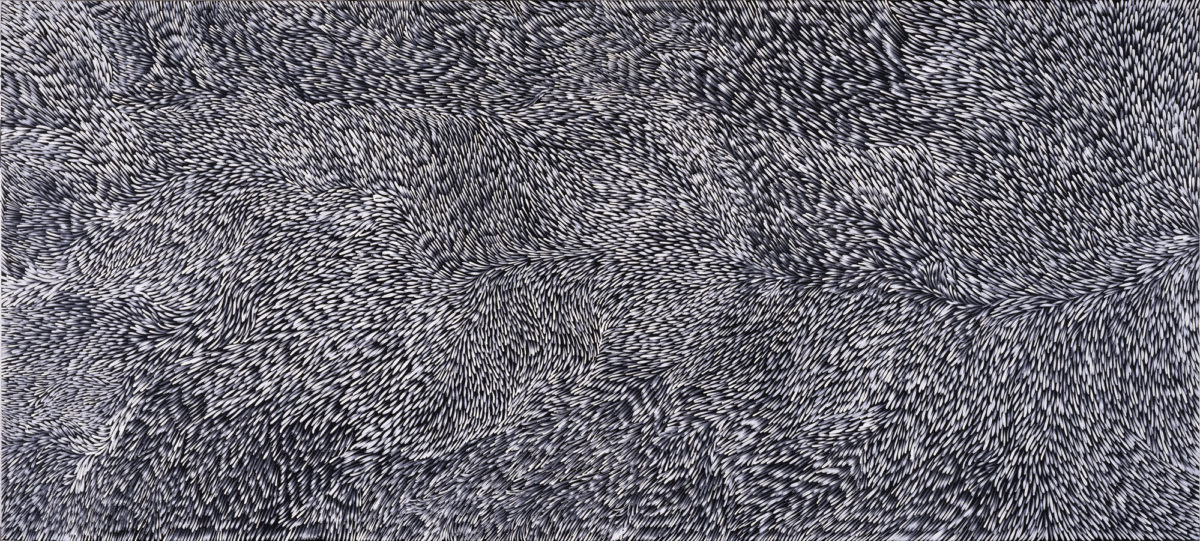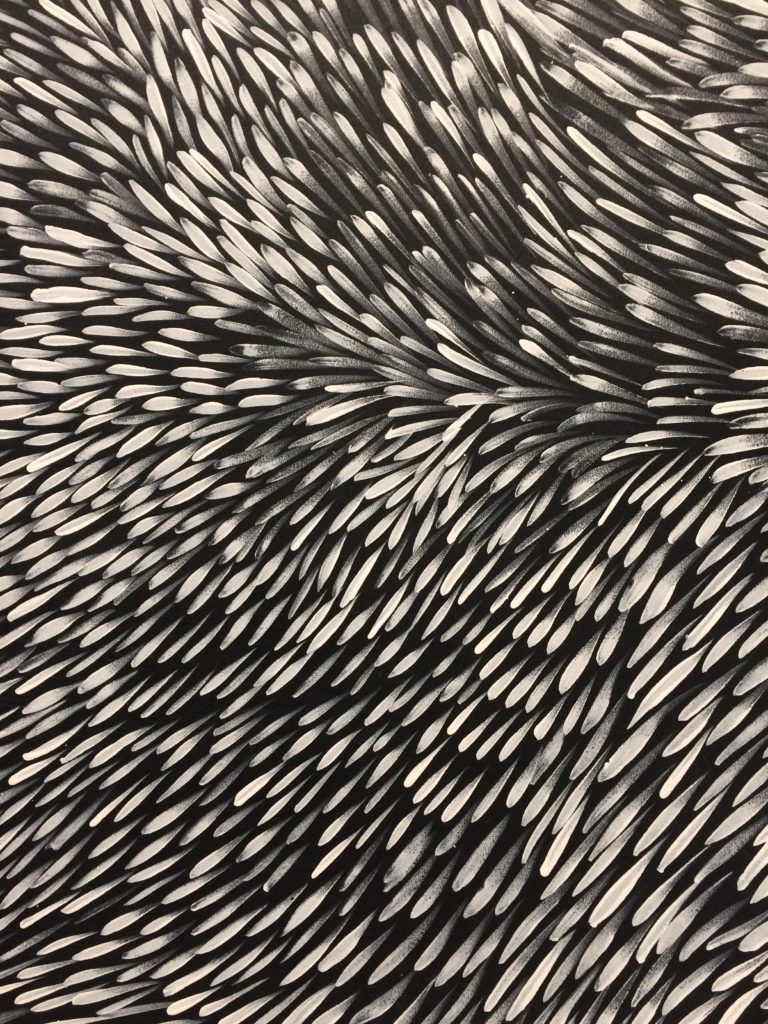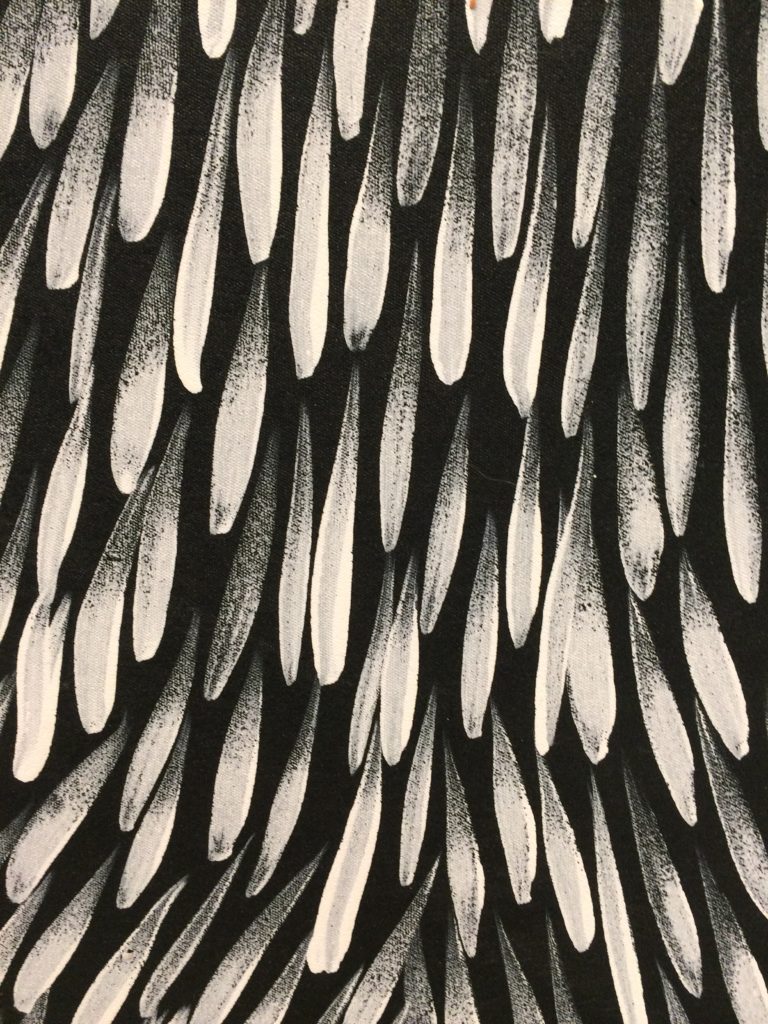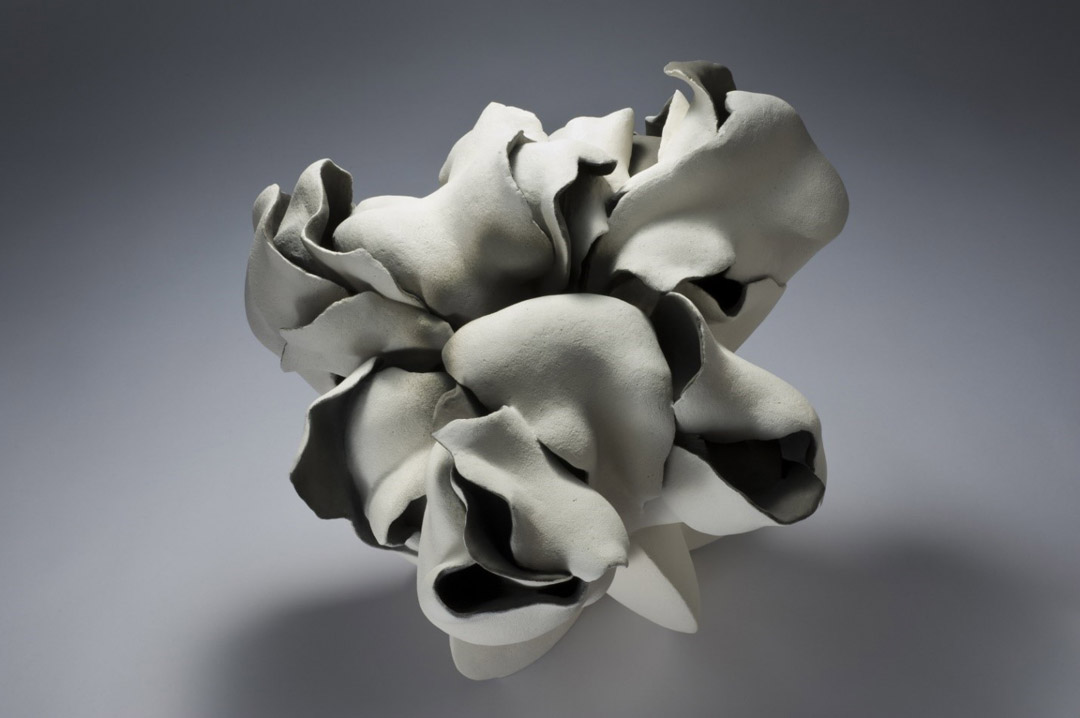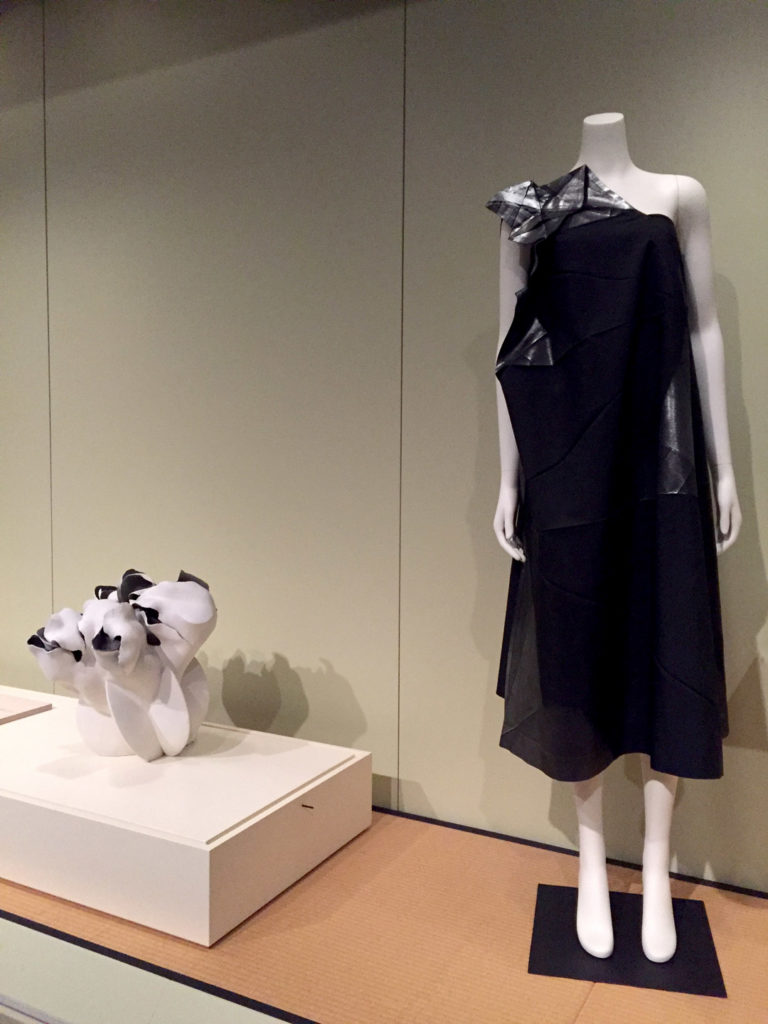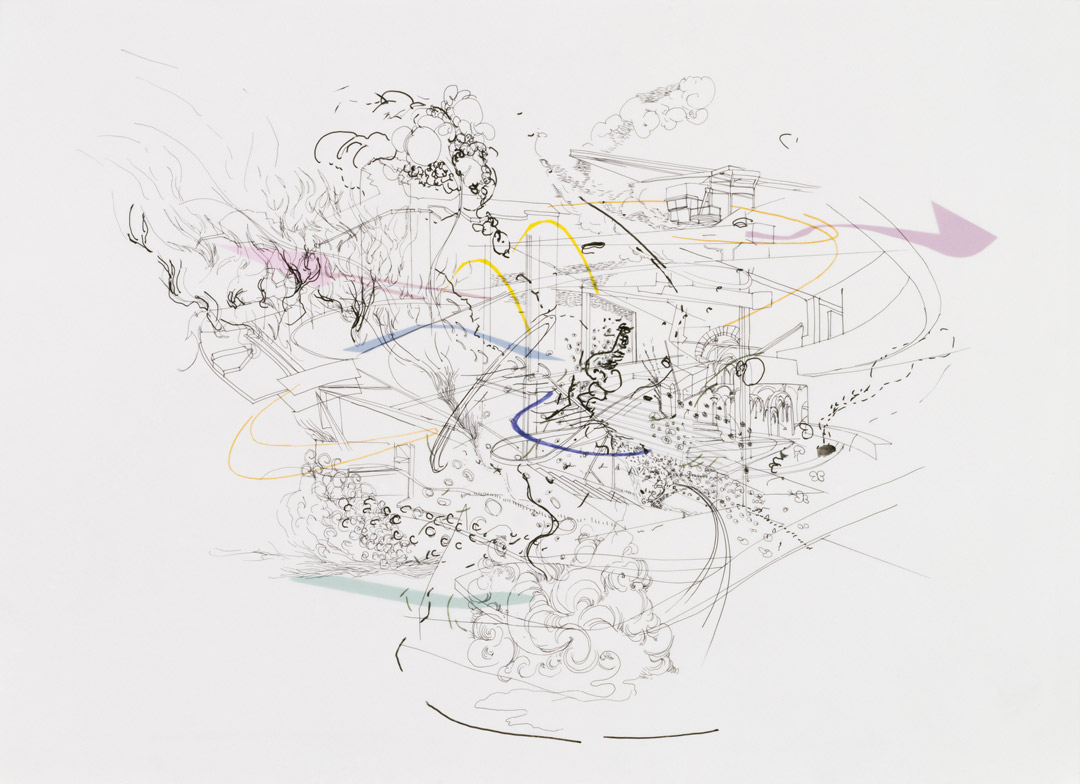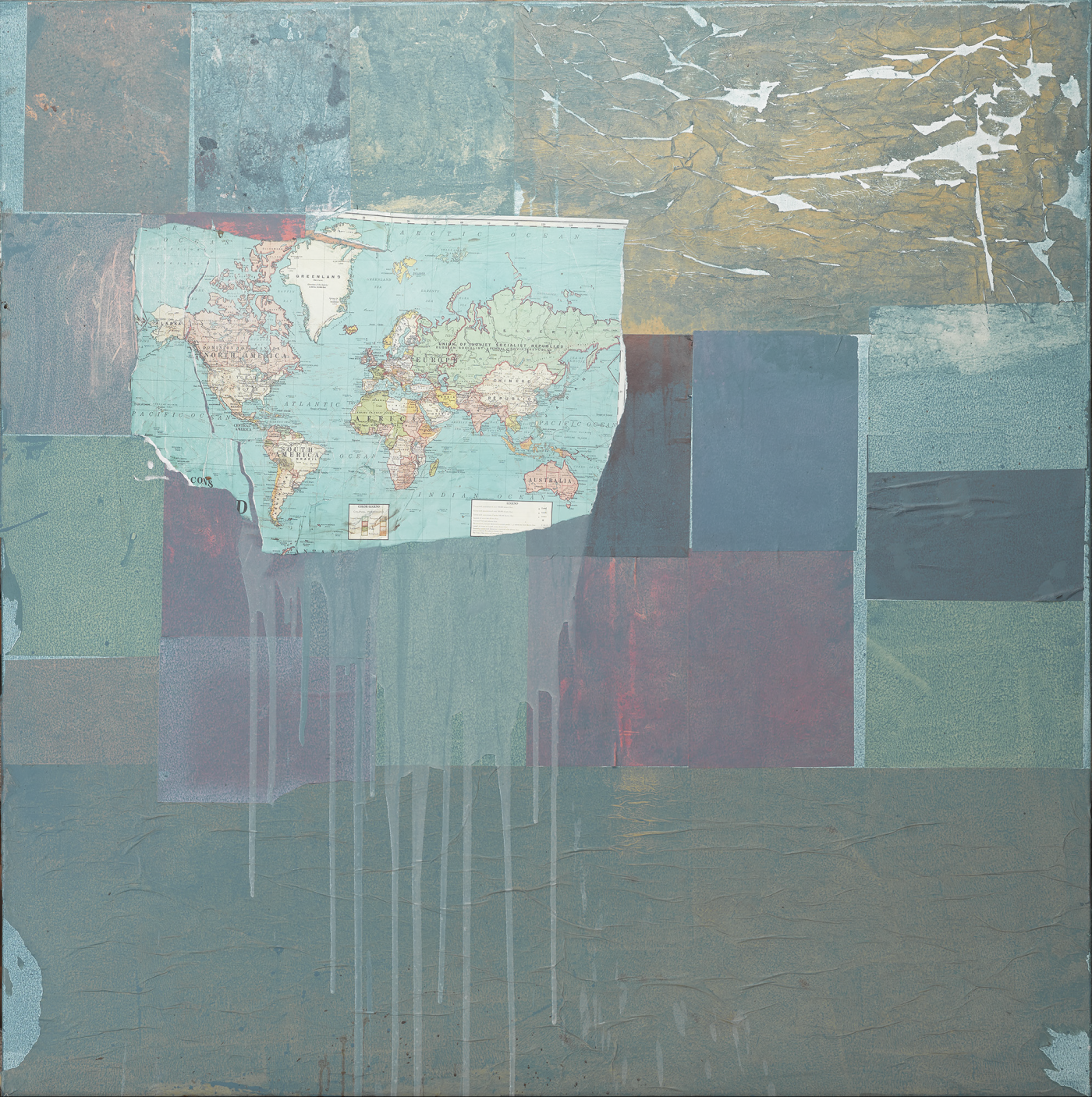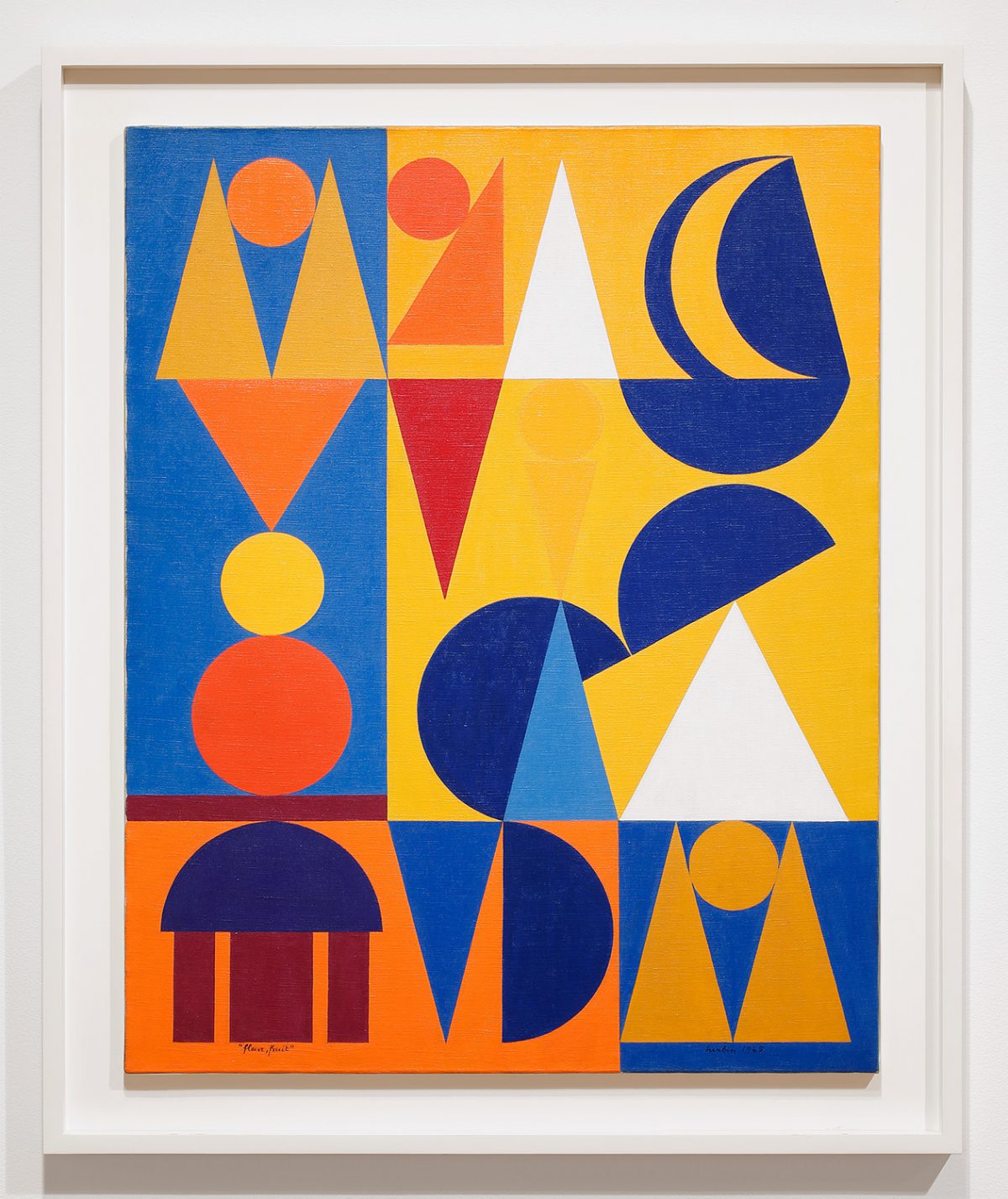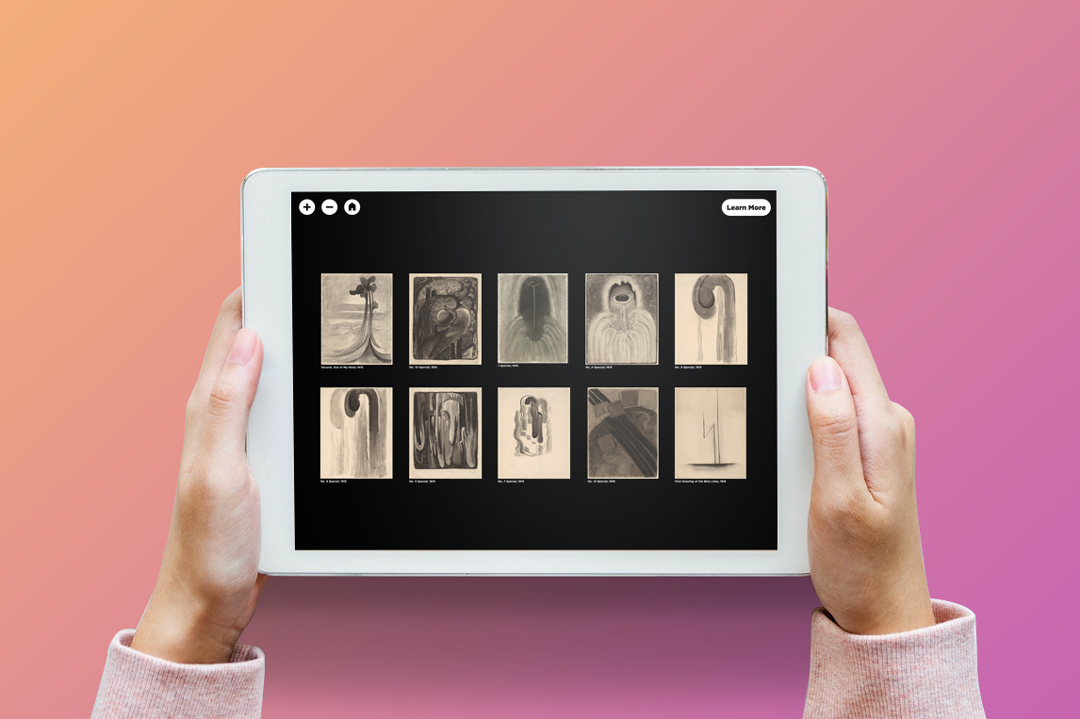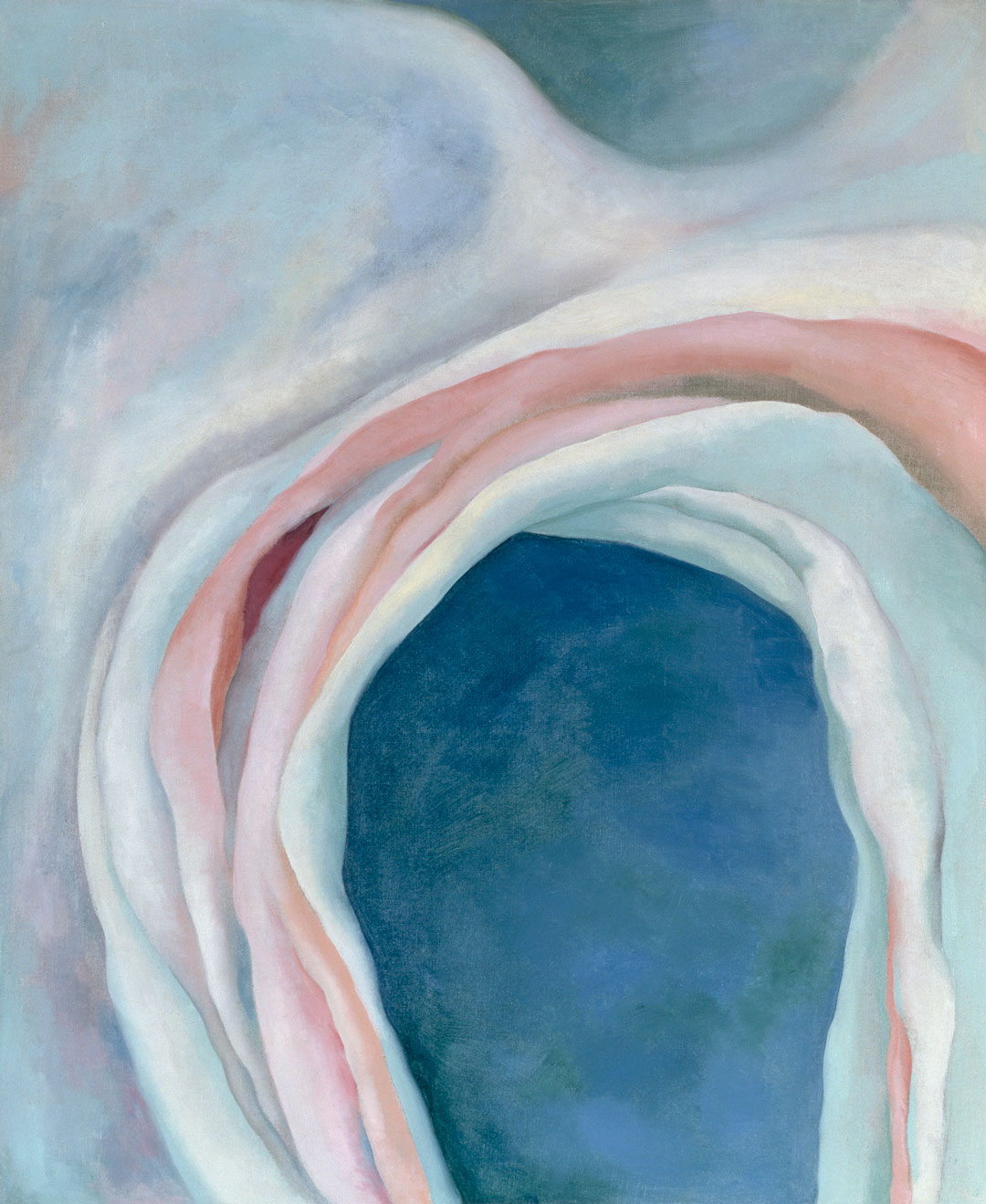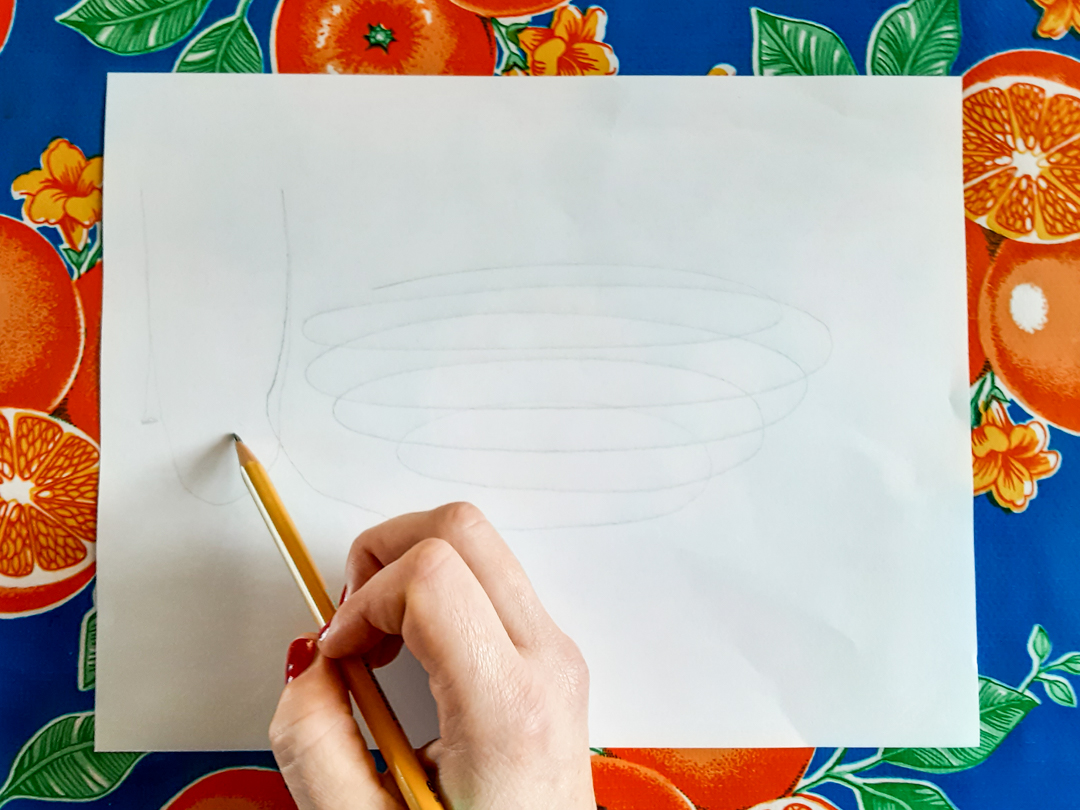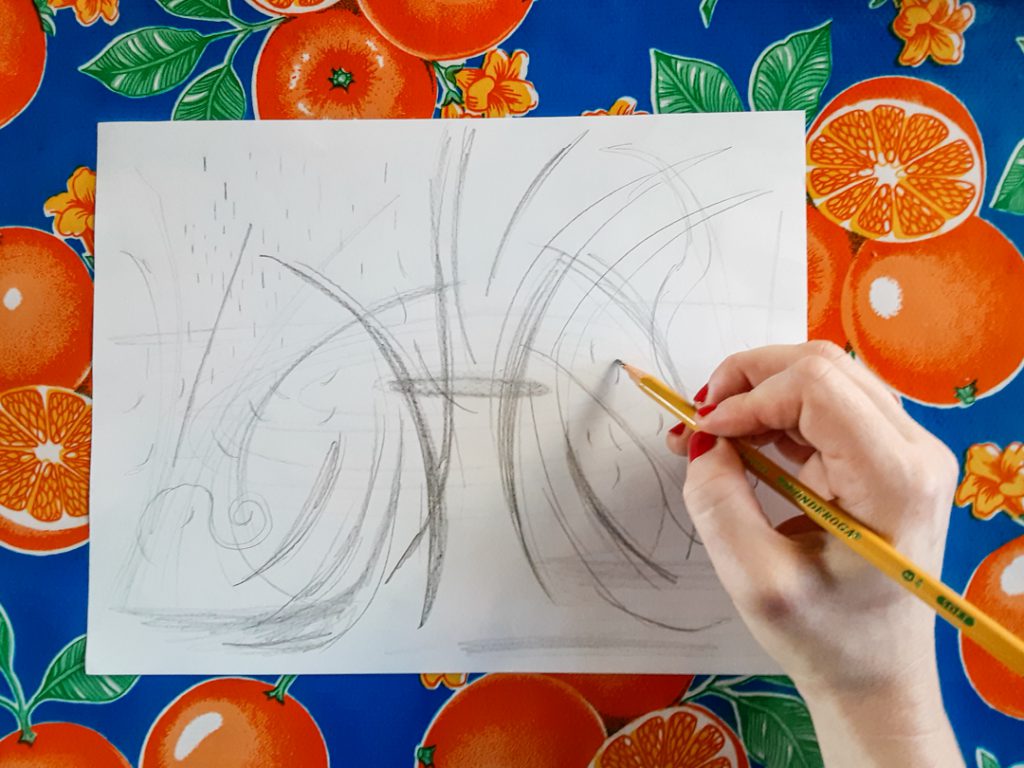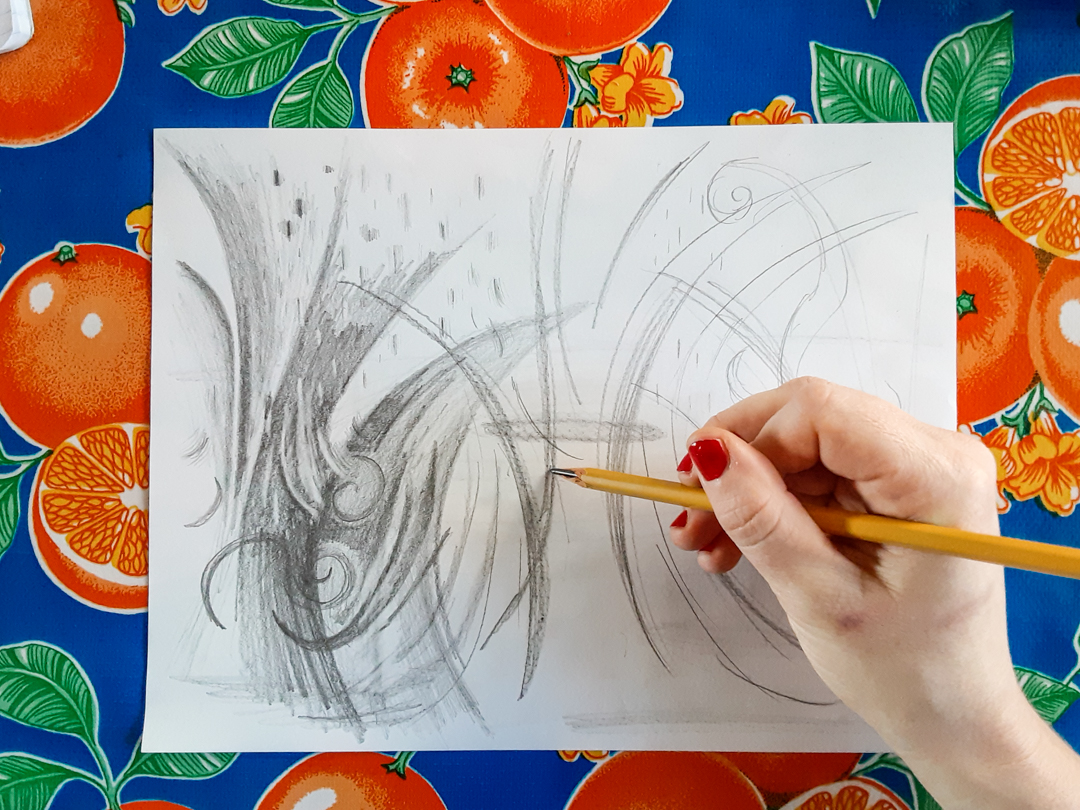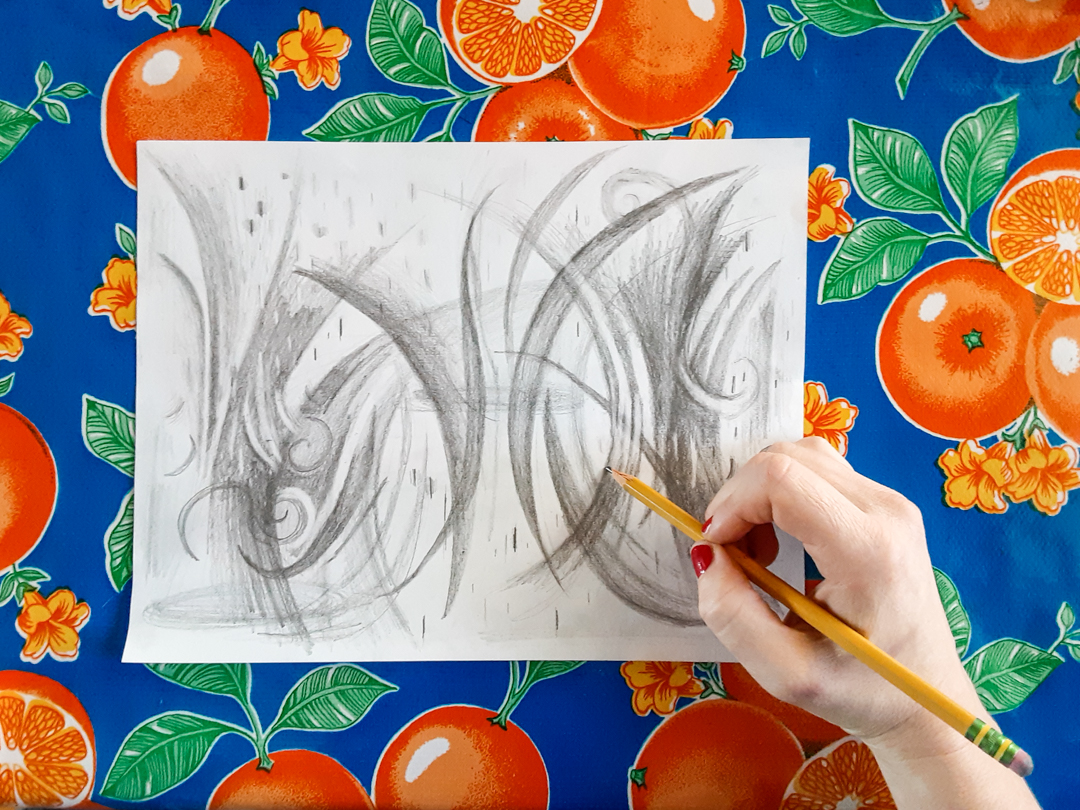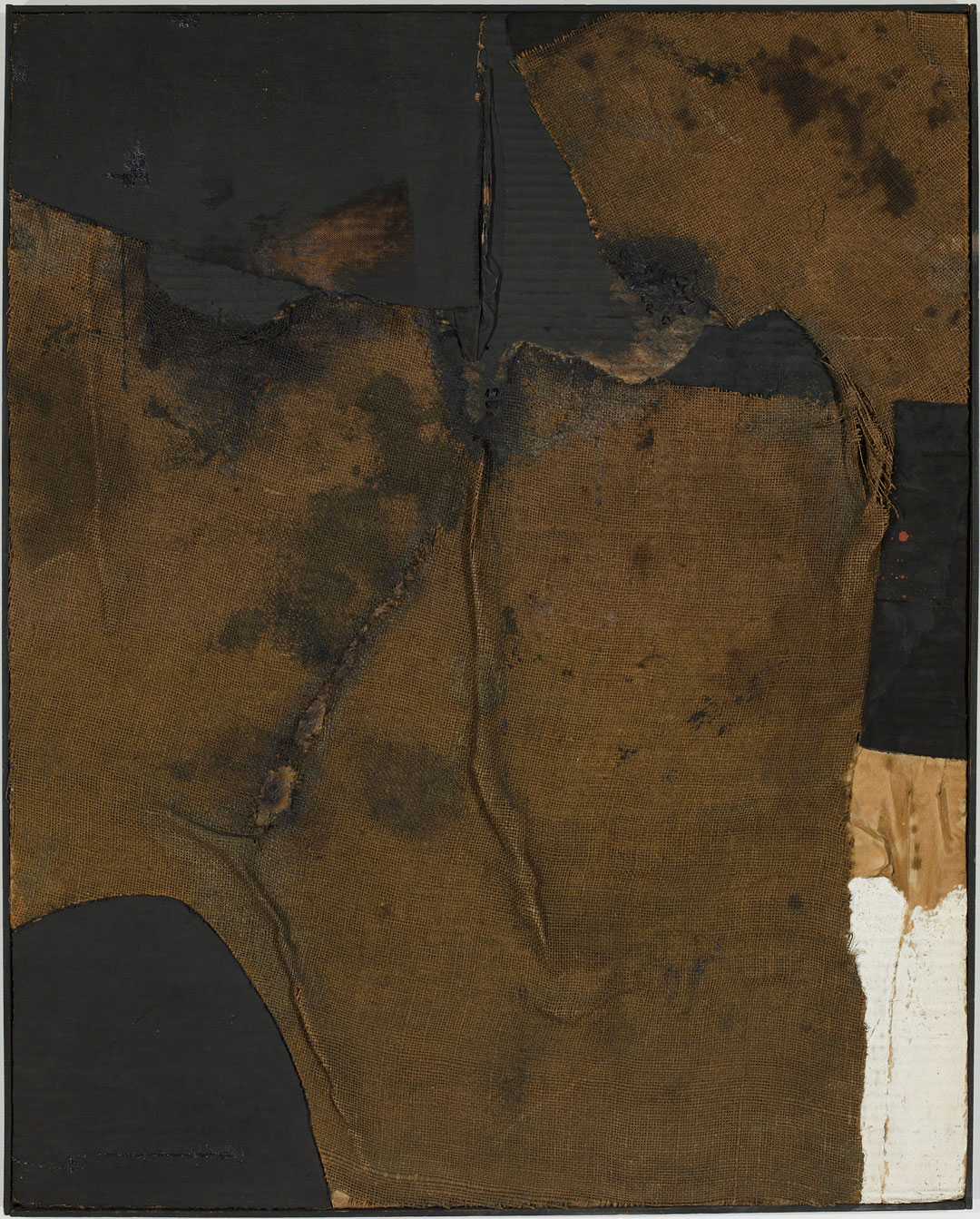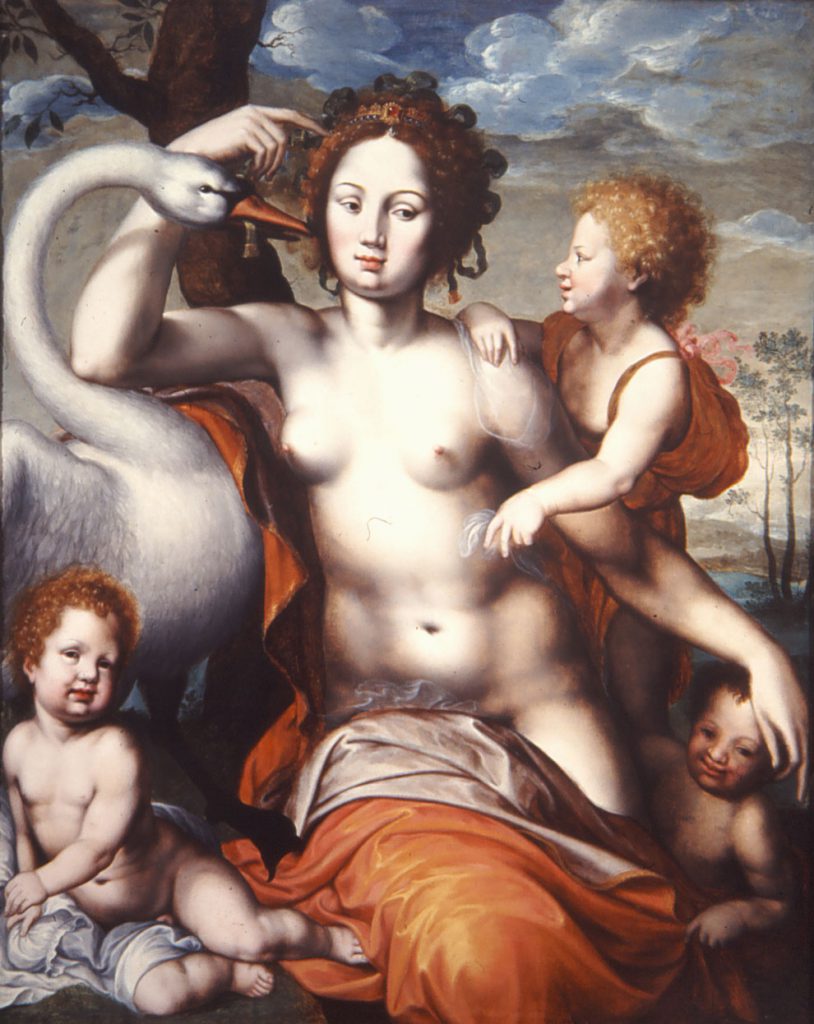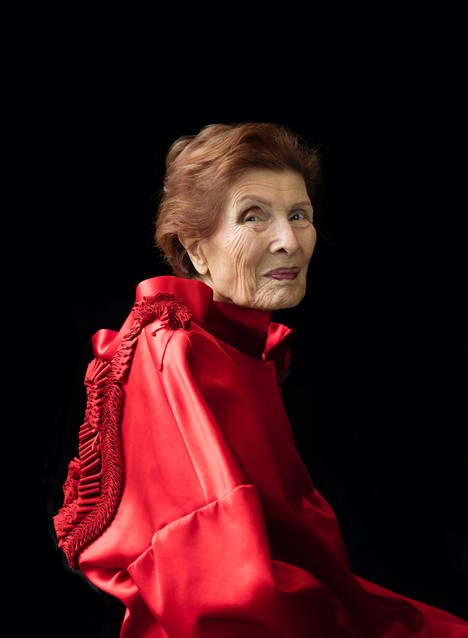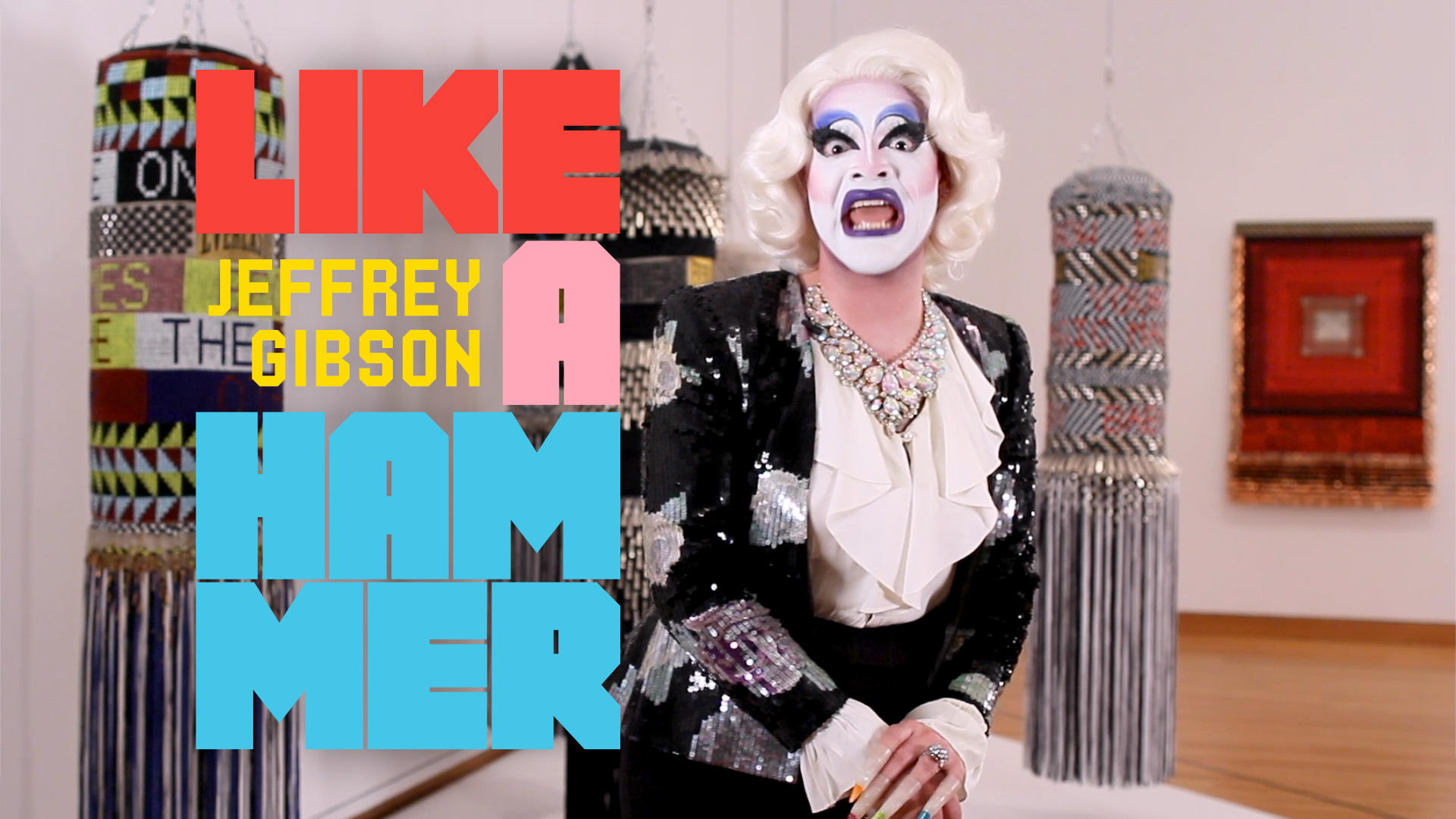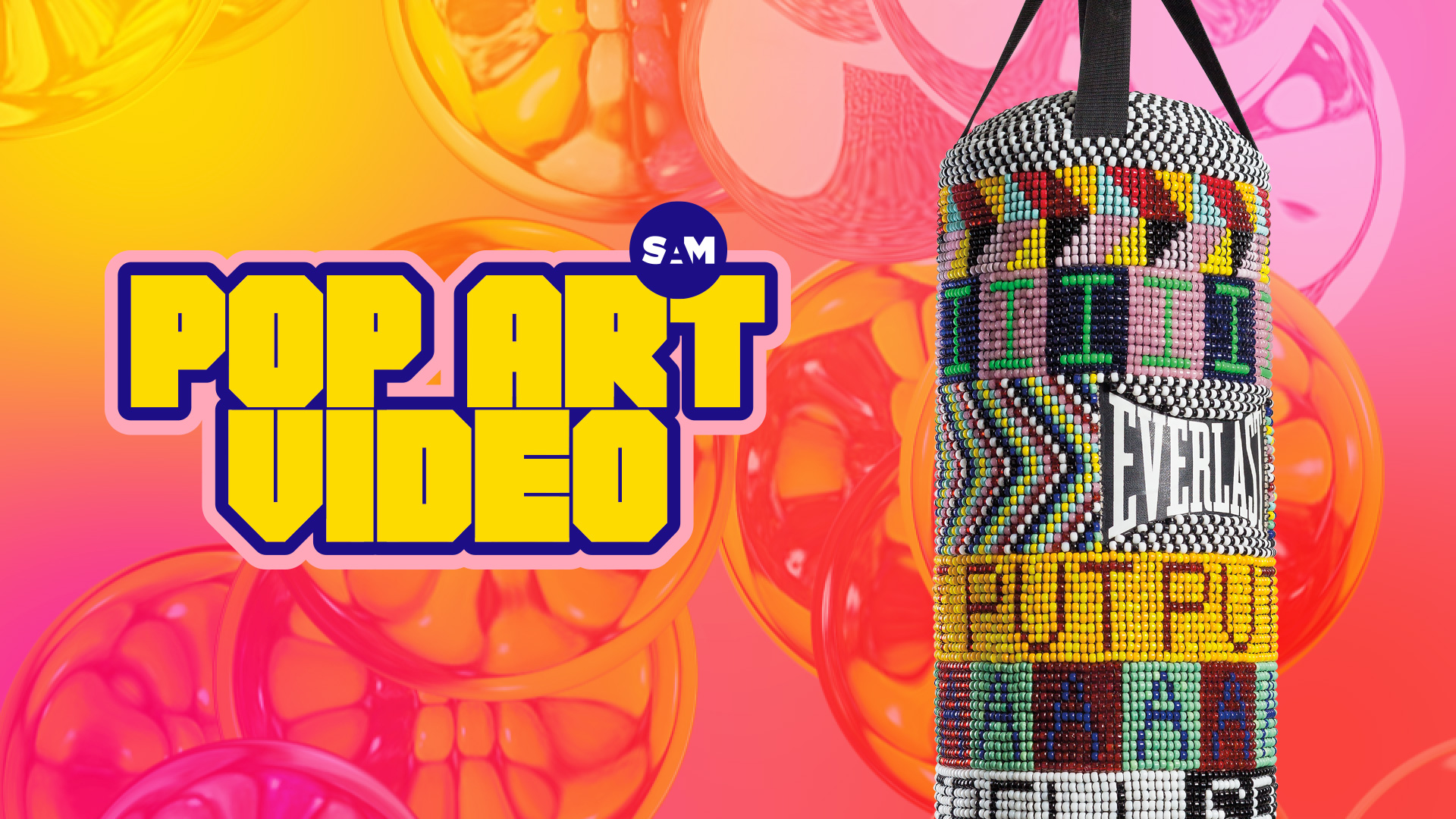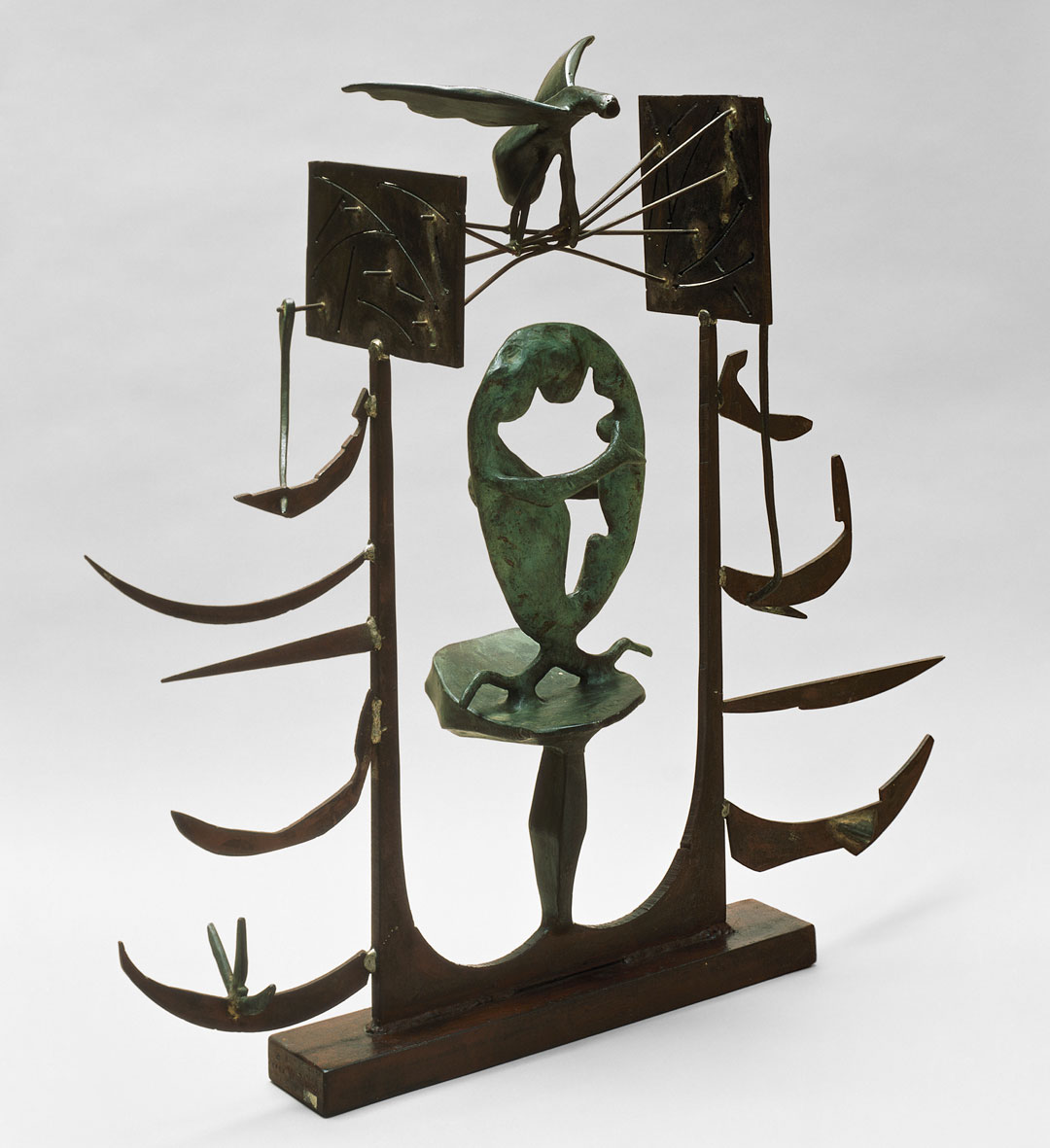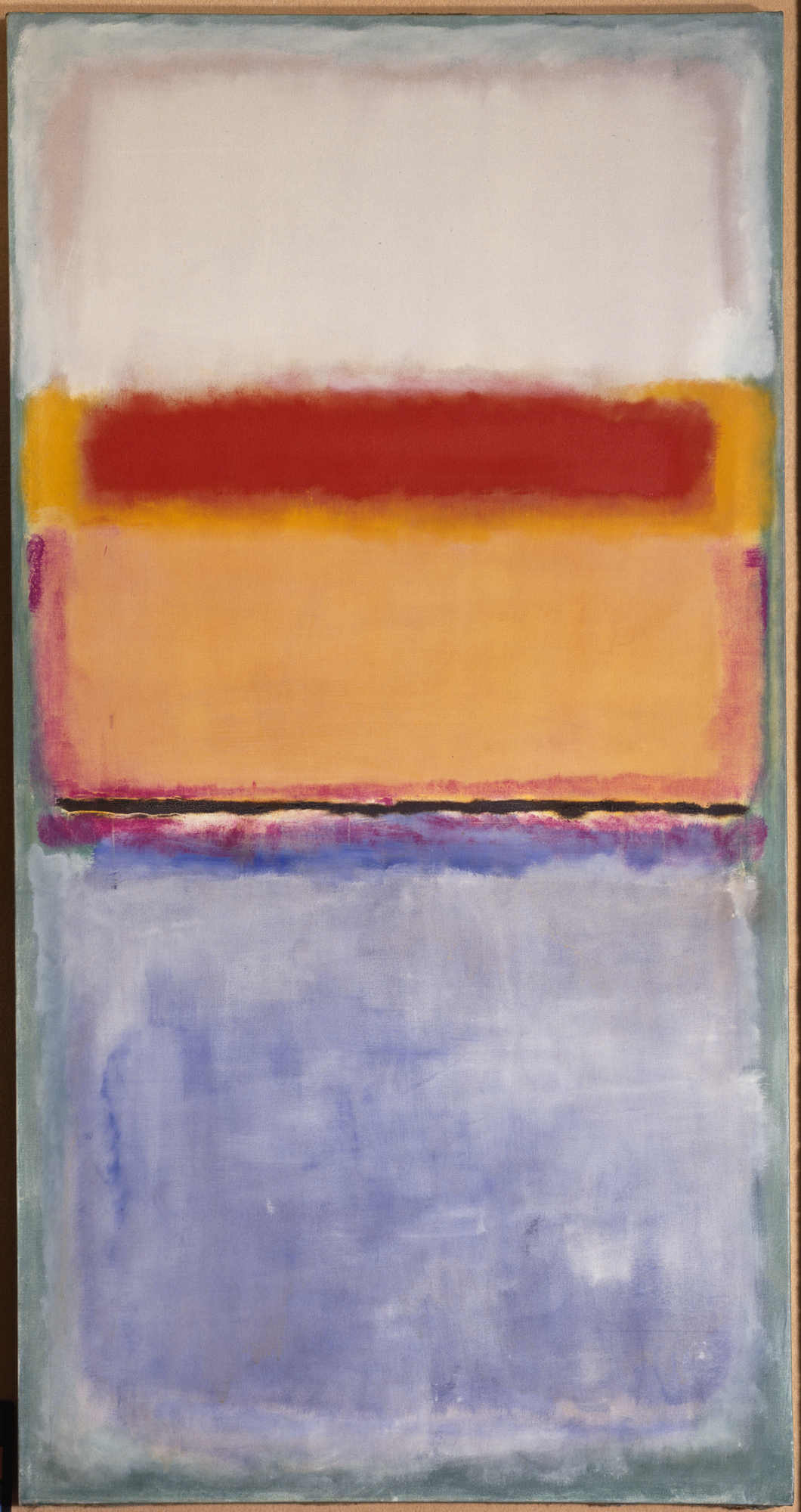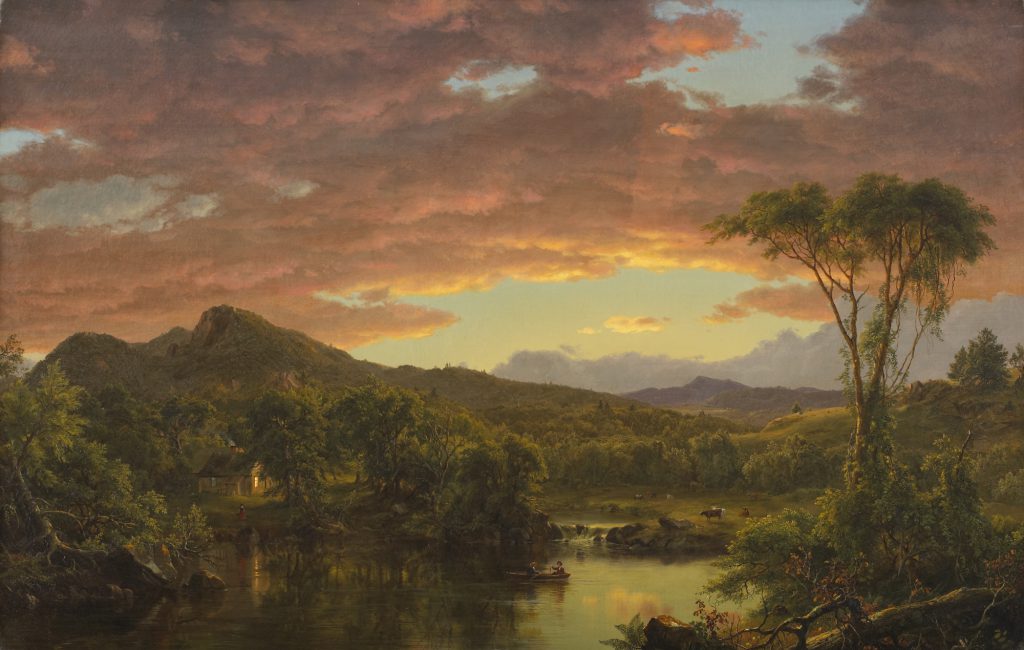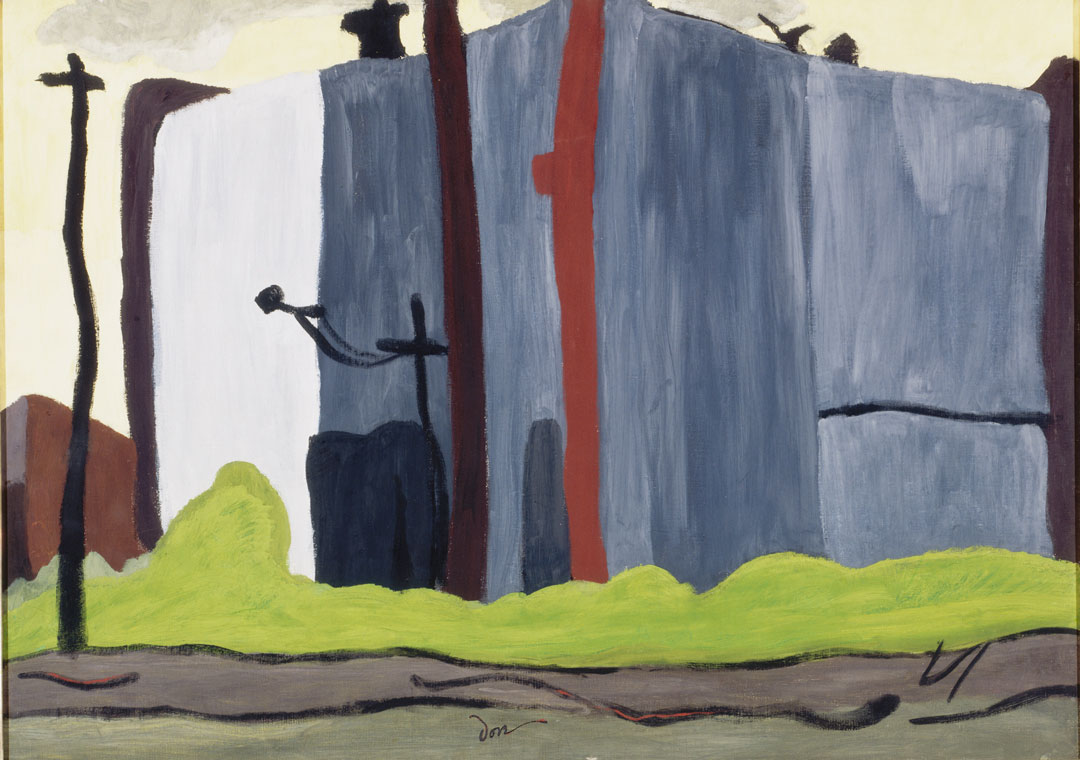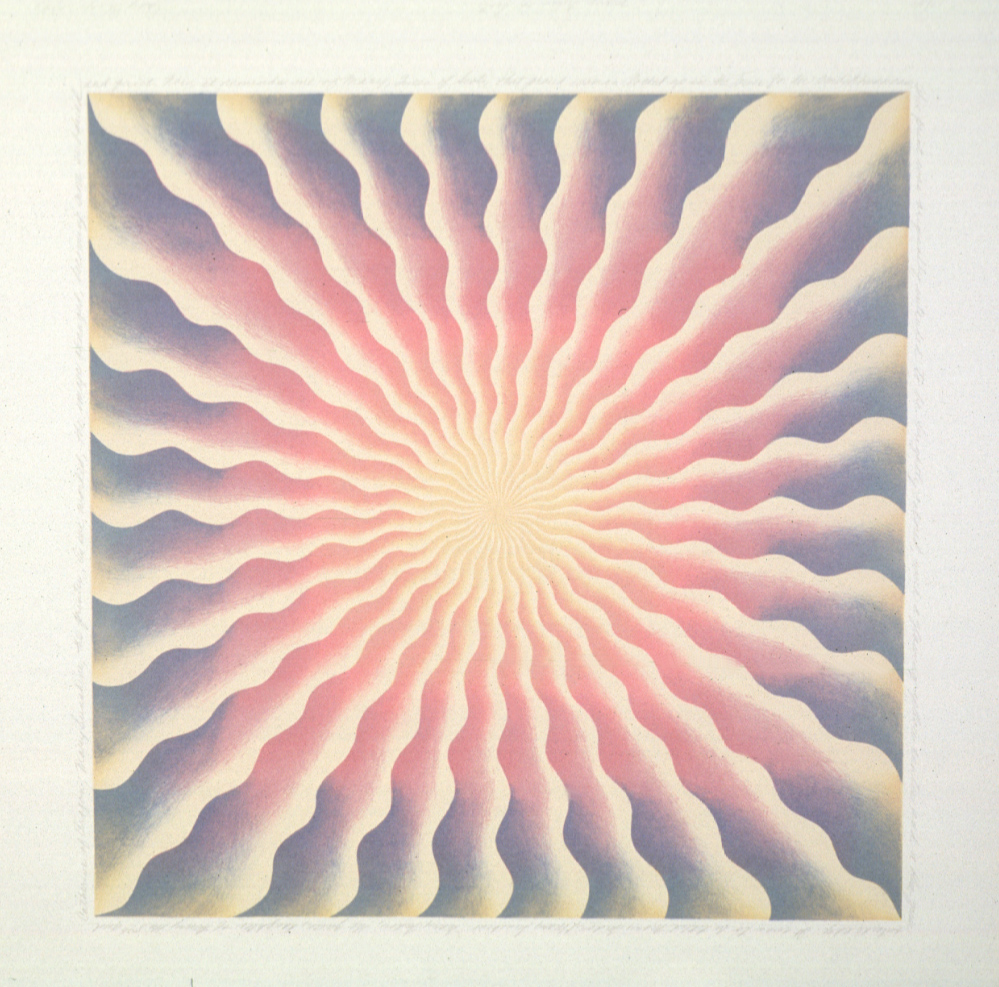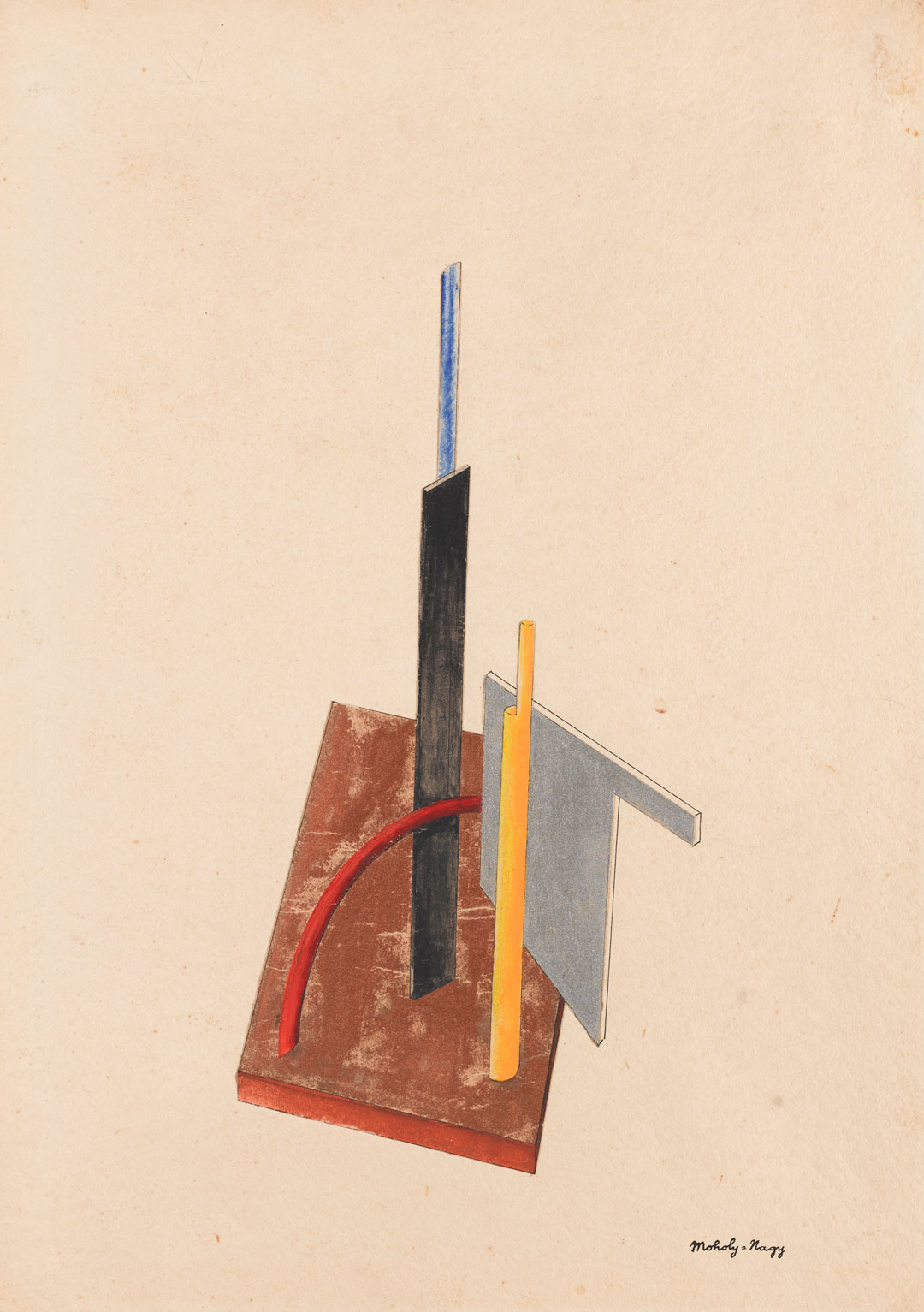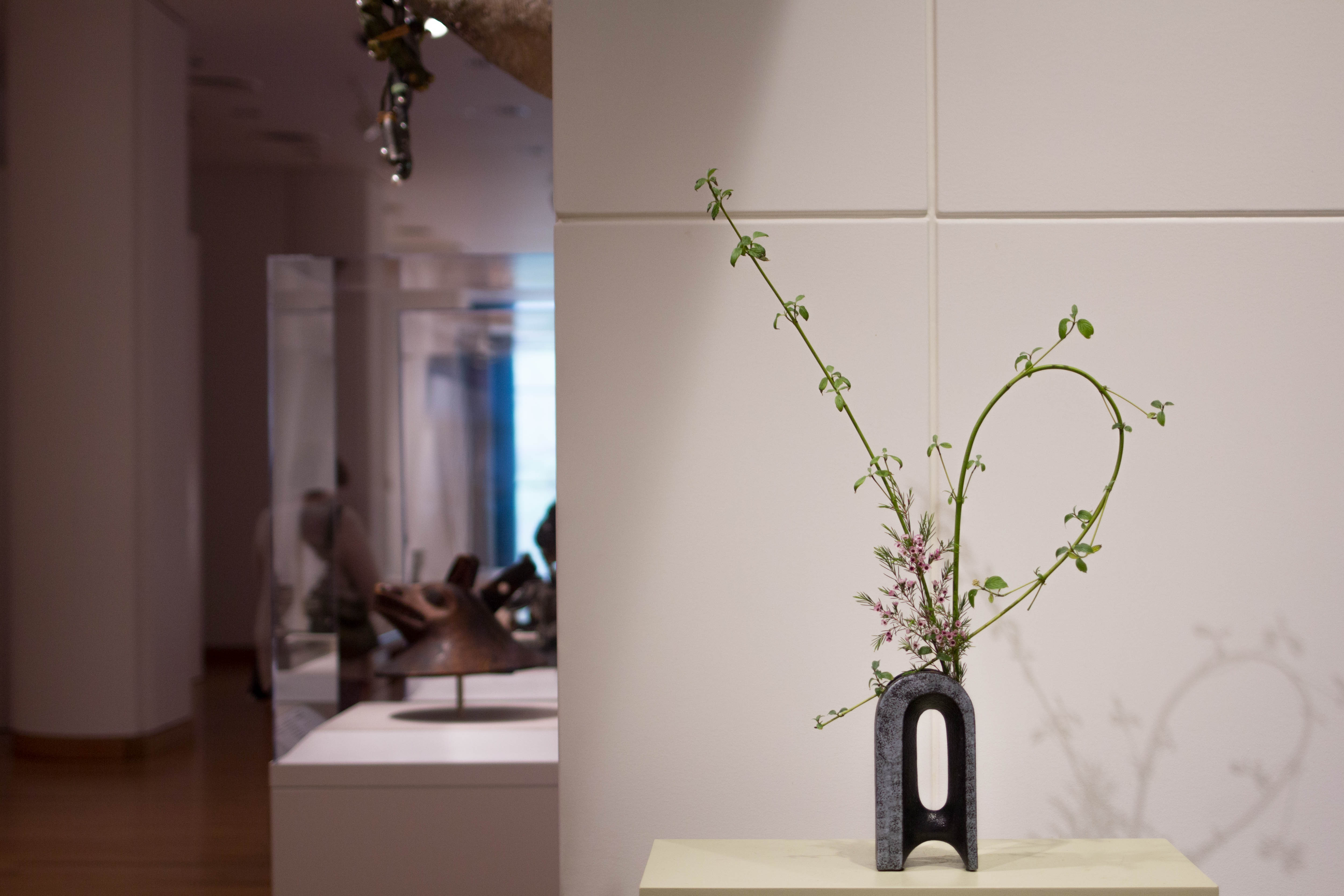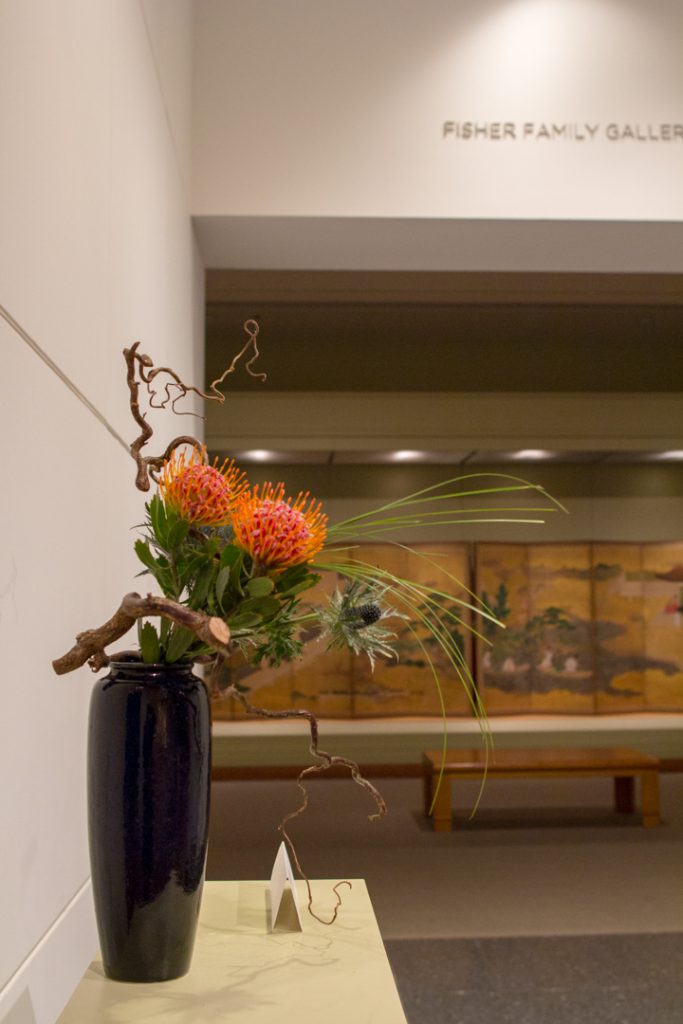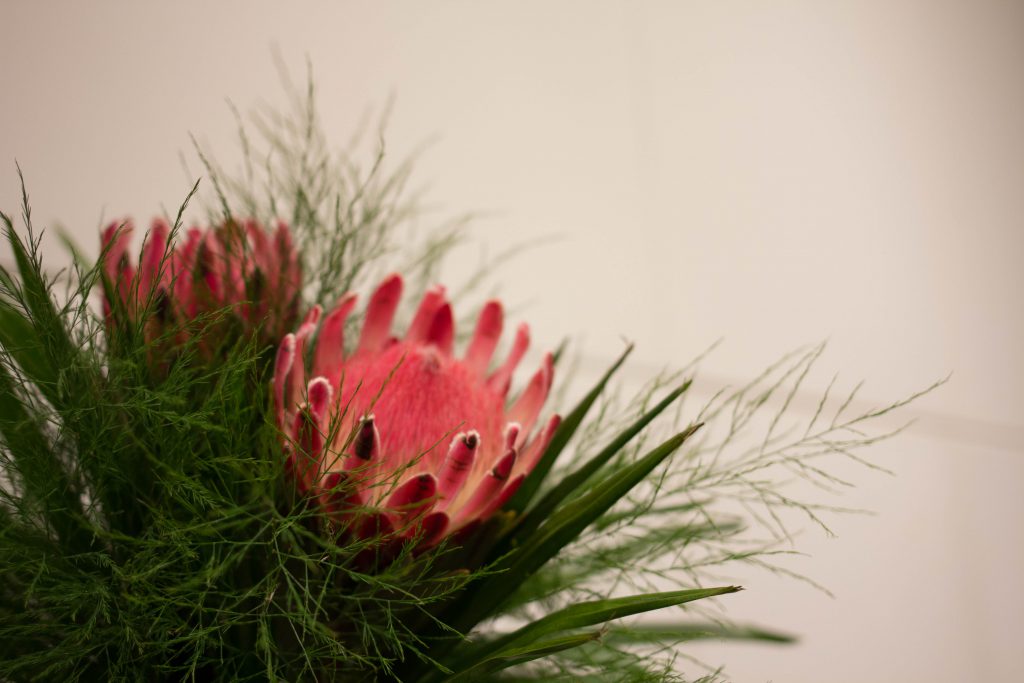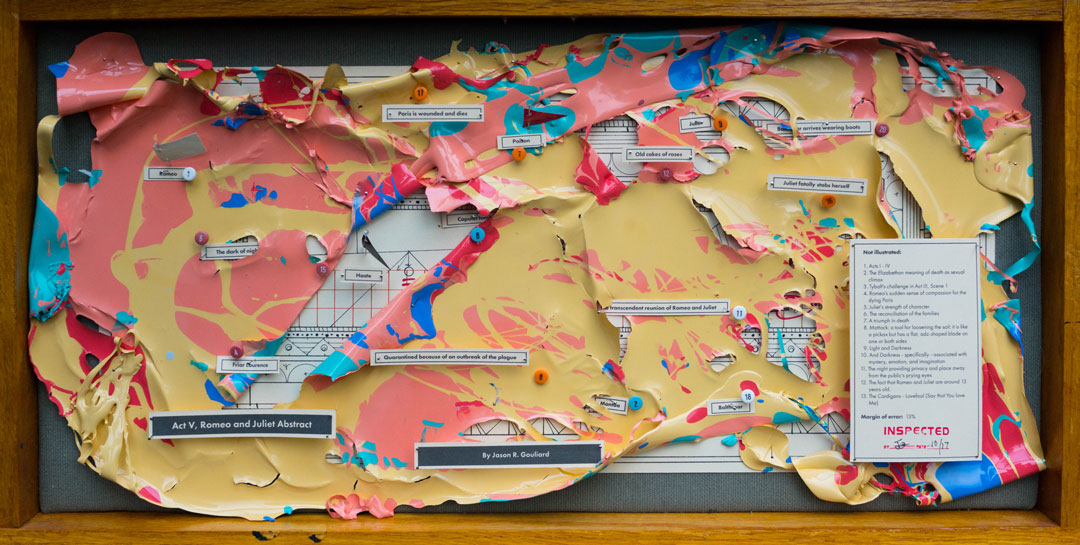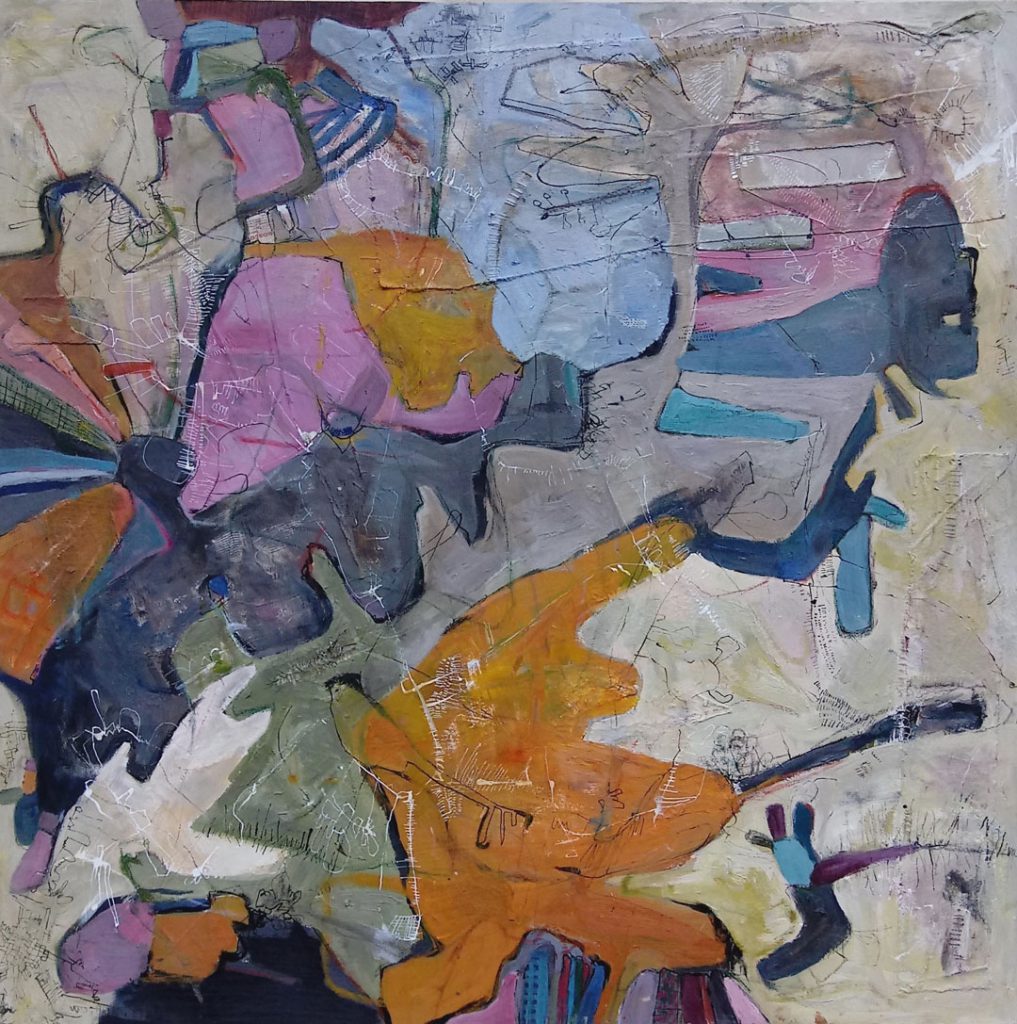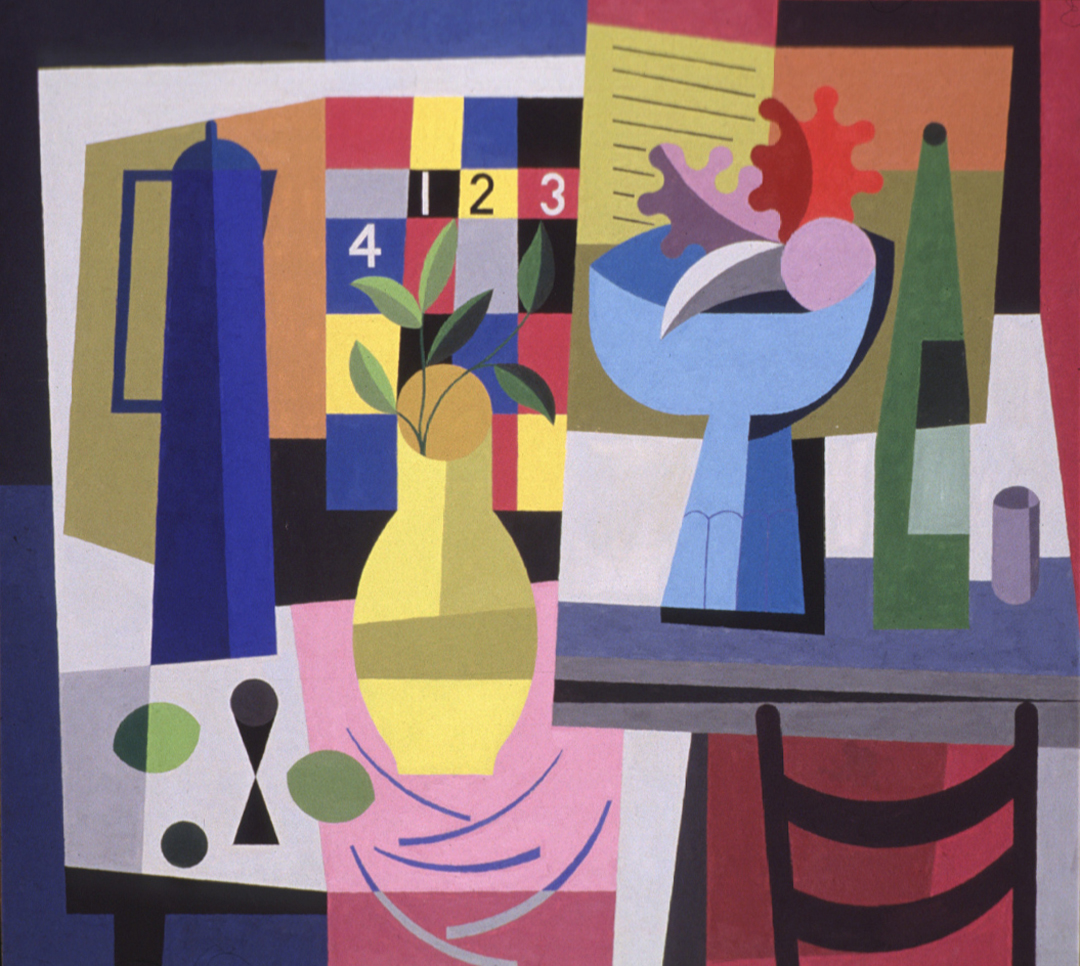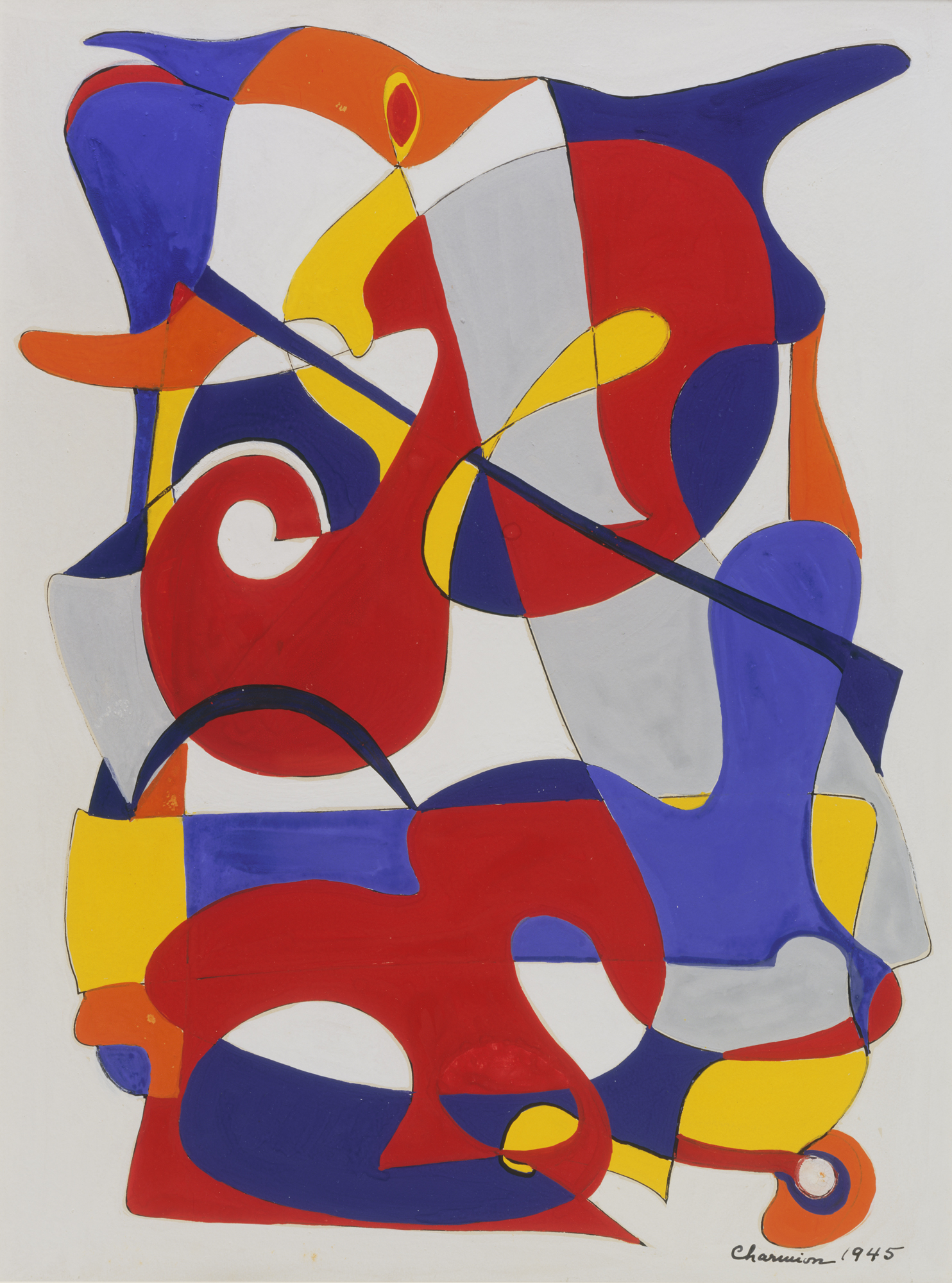Object of the Week: Circle Blue
By the time De Wain Valentine moved to Los Angeles in 1965, the artist was already working with plastics. He had been introduced to them by his junior high shop teacher after the then-recent military declassification of the material following World War II and had been working with them on a small-scale ever since. Now in California, Valentine began sharing his experiences while working as a part-time faculty member at UCLA.
Having spent most of his life until that point in Colorado, Valentine has explained how the move influenced his art: “In Colorado, you don’t notice the sky so much because it’s crystal clear: always blue and always so beautiful.” In fact, the Latin name for the Colorado state flower is coerulea, which translates to “sky blue.” But as Valentine continued in a 2011 interview with the Getty Conservation Institute, “you can’t see [the sky in Colorado], so you always forget about it. But the sky in LA is very different: You can really see that—the smog and the fog.”1
For folks from the California coast, the “fog” is really the marine layer, a coastal air mass, usually occurring in the morning, which creates overcast skies that “burn off” around noon. The smog, however, especially in 1960s Los Angeles, was not only something you really could see, but threatened its own weather in the region. A front-page news report in the Los Angeles Times from October 1964 notes that “[s]weltering temperatures helped produce another blanket of smog over the Los Angeles basin Tuesday and touched off lightning storms which started at least three fires in the mountains.” In the next column over, a weather brief states “Light to moderate smog today.”2
Valentine is quoted saying that his extensive series of large-scale polyester resin sculptures are “all about the sea and the sky” and that being in Los Angeles allowed him to see “a new avenue to make sculpture that was completely atmospheric or like a chunk of the ocean cut out.”3 The translucent circles, columns, curved slabs, and sometimes UFO-shaped disks, come in a wide array of colors, from warm rose and orange to more New Age-y lavenders and turquoise, and many are several feet tall or wide. For example, his massive Gray Column (1975–76), made with black pigment that grows transparent and smoky as it tapers at the top, is an impressive 12 feet, like a slab carved from a smog-filled sky.
Circle Blue, with its cerulean gradient, however, is the work that most clearly evokes the ocean and sky, and, with its round shape, the planet. Like the other tall translucent sculptures, Circle Blue is made from a proprietary blend of polyester resin. Working with the manufacturer Hastings Plastics in Santa Monica, California, Valentine produced Valentine MasKast Resin in 1966 that, unlike previous polyester resins, could be used to create large, thick objects cast in a single-pour rather than in thin layers, without cracking or overheating.
After polyester resin’s initial use in the military and aerospace arenas, the cheap, sturdy, and durable material was quickly adopted by the automotive and maritime industries, but also used for small common objects like buttons and bowling ball cores. Polyester resin has a highly complex chemical structure that requires “curing” to transform the liquid resin to a solid. This part of the production process is probably the most toxic, as the most common agent used for curing is styrene, which the National Toxicology Program of the US Department of Health and Human Services has listed as “reasonably anticipated to be a human carcinogen.”4 Polyester resin is also a plastic, and therefore made from fossil fuels.
Despite the material’s industrial applications, Valentine never really outsourced the production of his sculptures to a fabricator, a common practice for artists using industrial materials, including his peers in the Light and Space movement and in other Minimal Art groups. Pictures of him and his studio assistants clad in PPE (personal protective equipment) show the very hands-on process taken: weeks of sanding and buffing with hand-held machines usually found in an auto-body shop. Citing health concerns, Valentine later turned to using glass for some of his sculptures, but mainly so he could install his works outside: UV light and the potential for surface scratches could destroy the polyester resin sculptures.5 What the material afforded him, however, was a way to examine not just the surface of sculpture, but the (light and) space in between. “[T]he interior of the sculpture is so essential.”6
Reflecting on Circle Blue’s origins in 1960s and 70s Southern California’s smog, sea spray, and glittering oceans against today’s heightened climate crisis, the piece becomes not just an imaginative chunk of the sky, but also a transparent, precious, and conflicting sample of our world. It is both beautiful and a little toxic, strong but also fragile. At almost six feet in diameter, we can see ourselves in its surface, but we also see in and beyond it. Now on view in Our Blue Planet: Global Visions of Water at SAM, Circle Blue—in addition to many other works on display—prompts questions about our relationship to the planet: How might we preserve a chunk of the sea or sky today? How might we look beyond today and imagine our blue planet in the future?
– Mia C. Ferm, Project Manager, SAM Historic Media Collection
1 Tom Learner, Rachel Rivenc and Emma Richardson, “From Start to Finish: De Wain Valentine’s Gray Column” (Los Angeles: The Getty Conservation Institute, 2011), 7.
2 “Heat, Smog, Lighting and Fires Pile Up Southland Weather Woes,” Los Angeles Times (Los Angeles, CA), Oct 7, 1964.
3 Tom Learner, Rachel Rivenc and Emma Richardson, “From Start to Finish: De Wain Valentine’s Gray Column” (Los Angeles: The Getty Conservation Institute, 2011), 7.
4 National Toxicology Program, “Report on Carcinogens, Fifteenth Edition” (report, Research Triangle Park, NC: U.S. Department of Health and Human Services, Public Health Service, 2021).
5 Dorothy Newmark and Dewain Valentine, “An Interview with Dewain Valentine, Sculptor of Plastic,” Leonardo 4, no. 4 (1971).
6 Tom Learner, Rachel Rivenc and Emma Richardson, “From Start to Finish: De Wain Valentine’s Gray Column” (Los Angeles: The Getty Conservation Institute, 2011), 12.
Image: Natali Wiseman.
